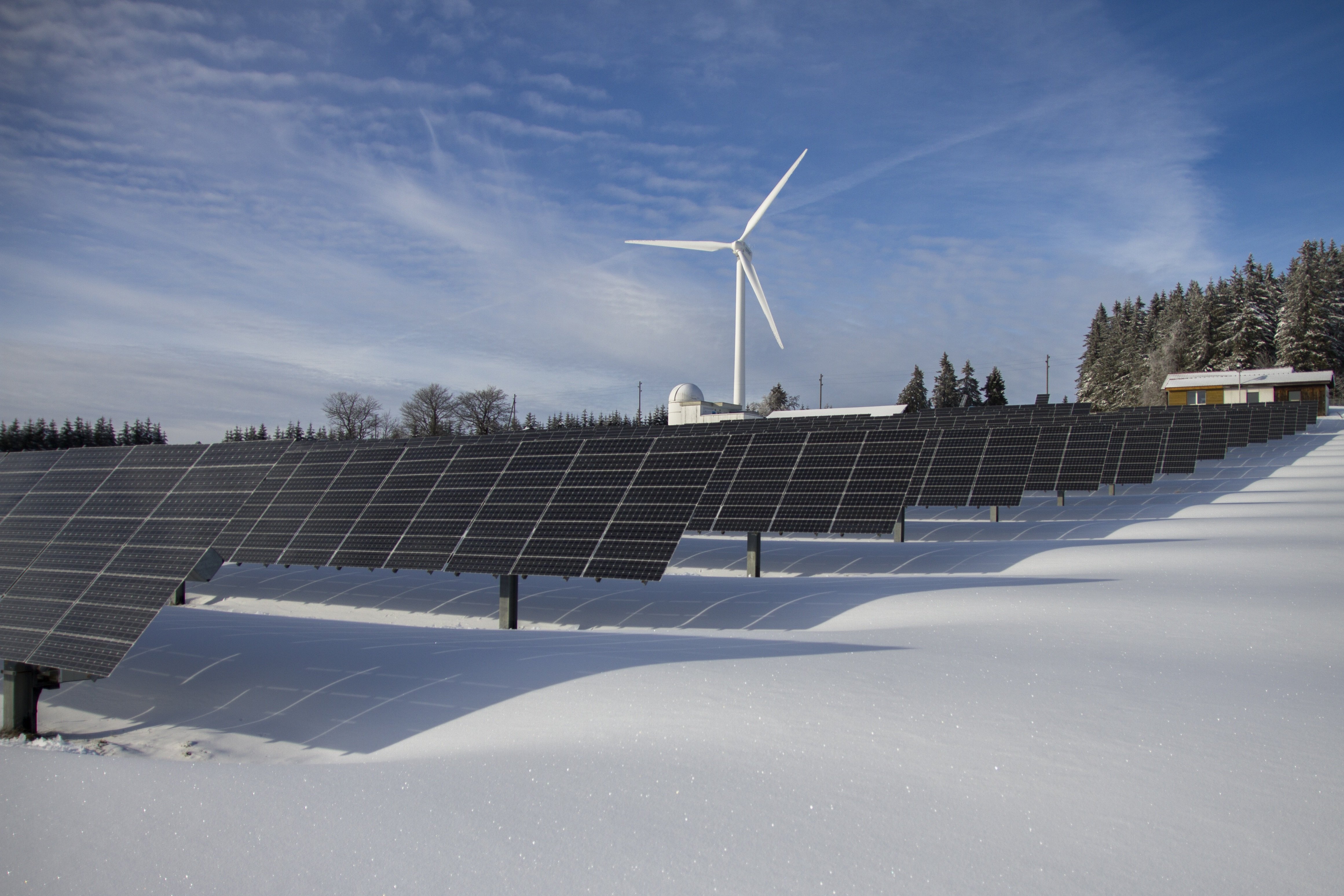Are Solar Trackers Worth It?
By Maria Zhu | August 3, 2025

For most commercial PV power generation projects, solar tracking systems are a worthwhile investment. However, some prerequisites must be considered. For instance, if the land available for the project is abundant, or if the local electricity price is extremely cheap, these factors will affect the return on investment of a solar tracking system.
What is a Solar Tracker?
From sunrise to sunset, the sun moves across the sky (azimuth angle), and its height also changes during different seasons of the year (altitude angle). Fixed-mounted solar panels can only achieve optimal light exposure for a specific period, whereas a solar tracker continuously adjusts the panel’s angle. This ensures that the sun’s rays are always striking the panel surface vertically or near-vertically, reducing reflection loss and increasing the amount of solar energy effectively absorbed.
A typical solar tracking system usually includes the following four parts. Mechanical Structure,which serves as the support and movable frame for the solar panels. Drive System, such as a motor and gearbox, used to rotate the mount.Control System,which typically includes sensors (like photosensors or anemometers) and a controller (containing algorithms, such as astronomical or real-time light-seeking algorithms) that issue commands based on the sun’s position or light intensity.Transmission Mechanism,the connecting components that facilitate the rotation.
Single-axis and dual-axis solar trackers are the most common types today. In most cases,they can increase power generation by 15%-45% compared to fixed-mount PV systems, with the specific gain depending on the project location(latitude, solar resources) and the type of tracker.
We will not discuss passive and manually adjusted solar trackers, which are rarely used in projects, and will only focus on the more widely applied active solar trackers.
Advantages of Solar Trackers
Increased Power Generation: This is the core advantage of solar trackers. Compared to fixed-mount panels, solar trackers capture more solar energy by adjusting the panel angle in real time to be as perpendicular to the sun’s rays as possible. Single-axis solar trackers can typically increase power generation by 15% to 35%, while dual-axis solar trackers can further boost generation by 30% to 45% or more.
Land Saving: In situations where land resources are limited, solar trackers can generate a higher power output on the same land area. This means fewer panels and a smaller footprint are needed to meet specific energy demands.
Smoother Power Supply Curve: Fixed panels are most efficient only when the sun is directly overhead. In the early morning and late afternoon, the angle of the sunlight significantly reduces generation efficiency. Solar trackers, however, continuously optimize the panel angle from sunrise to sunset, maintaining high-efficiency power generation for a longer period and providing a smoother power generation curve, which reduces grid impact.
Smart Optimization and Maintenance: Solar trackers are usually equipped with sensors and intelligent control algorithms. They not only track the sun but also automatically adjust the panels to a “stow” angle for maximum wind resistance in strong winds, protecting the system from damage. During snowfall, solar trackers can also adjust their angle to allow snow to slide off automatically, reducing the impact of snow accumulation on power generation. Additionally, some solar trackers have remote monitoring and diagnostic functions, helping O&M personnel perform fault diagnostics and optimization.
Disadvantages of Solar Trackers
Higher Initial Cost: This is the most significant disadvantage. Compared to fixed-mount systems, solar trackers have a more complex mechanical structure and higher installation costs, and the installation process requires more technical personnel.
Increased Maintenance Cost: Solar trackers have moving parts such as motors, gears, and bearings, which are subject to wear, corrosion, or failure over time. Therefore, they require regular inspection, lubrication, and calibration to ensure the system operates correctly.
Terrain Limitations: Complex, uneven, or steeply sloped terrain may not be suitable for installing some solar trackers, or it may significantly increase installation costs and difficulty.
Furthermore, some people worry that the operation of solar trackers consumes too much electricity. This issue is almost negligible today, given the continuous improvement in the scale and efficiency of solar systems.
Solar Trackers Worth the Investment
For most commercial PV power generation projects, solar tracking systems are worth the investment.
In projects, dual-axis tracking systems are typically not the most cost-effective solution due to their high cost. However, in cases where a project has extremely limited land but a rigid requirement for power generation, a dual-axis solar tracking system may still be chosen. Otherwise, single-axis solar tracking systems are generally preferred.
A single-axis solar tracking system’s cost is typically 50-80% higher than a fixed-mount system, but it can increase annual power generation by 15-35%. Generally, the operational lifespan of a solar power plant is no less than 20 years. Therefore, if we ignore other advantages of solar trackers and only consider the economic return, the question simplifies to whether the extra power generated over 20 years can offset the increased cost. Based on our experience, most projects can offset the additional cost within 6-10 years (this period is directly related to local electricity prices, and also to the project’s latitude and weather conditions). After this period, the additional power generated each year can be considered pure profit. Overall, it is worthwhile to choose solar tracking systems for PV projects. Of course, this also requires an evaluation based on your specific project requirements to select the most suitable solar tracker.
In the future, we can evaluate different types of solar trackers and even attempt to create an approximate revenue model based on direct costs and relevant factors.
